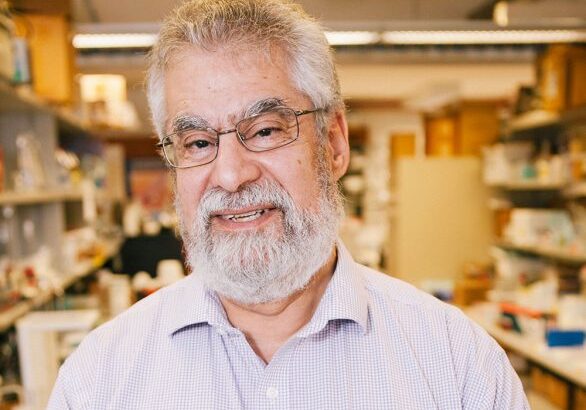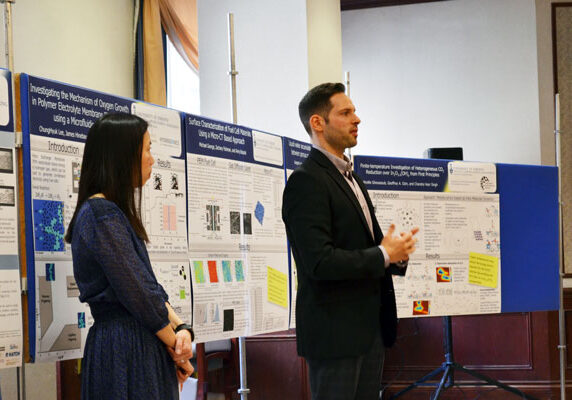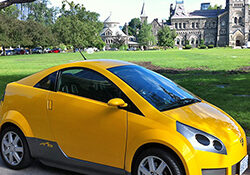
Professor Michael Sefton receives European Society for Biomaterials International Award
Award recognizes his scientific profile, major contributions to the field of biomaterials and longstanding active collaboration with the European scientific community

Institute for Sustainable Energy symposium flips format to close academic-industry loop
Third annual event invited industry leaders to bring their most pressing challenges to U of T Engineering researchers

Saving sunshine for a rainy day: New catalyst offers efficient storage of alternative energies
International team led by U of T Engineering designs world’s most efficient catalyst for storing energy as hydrogen by splitting water molecules

The future of sustainable energy: Q & A with Professor Aimy Bazylak
Professor Aimy Bazylak (MIE), Director of U of T Engineering’s Institute for Sustainable Energy (ISE), discusses how the centre is catalyzing energy solutions for the future

Lightweight structures and “smart skin” make aviation more sustainable
U of T engineers are researching technologies like lightweight materials and flow control, which could potentially improve efficiency, lower costs and reduce emissions in the aviation industry

Three smart solutions from the Institute for Water Innovation
Researchers at U of T Engineering’s Institute for Water Innovation are leading the development of new technologies to improve water conservation, purification and reclamation in Canada and around the world




